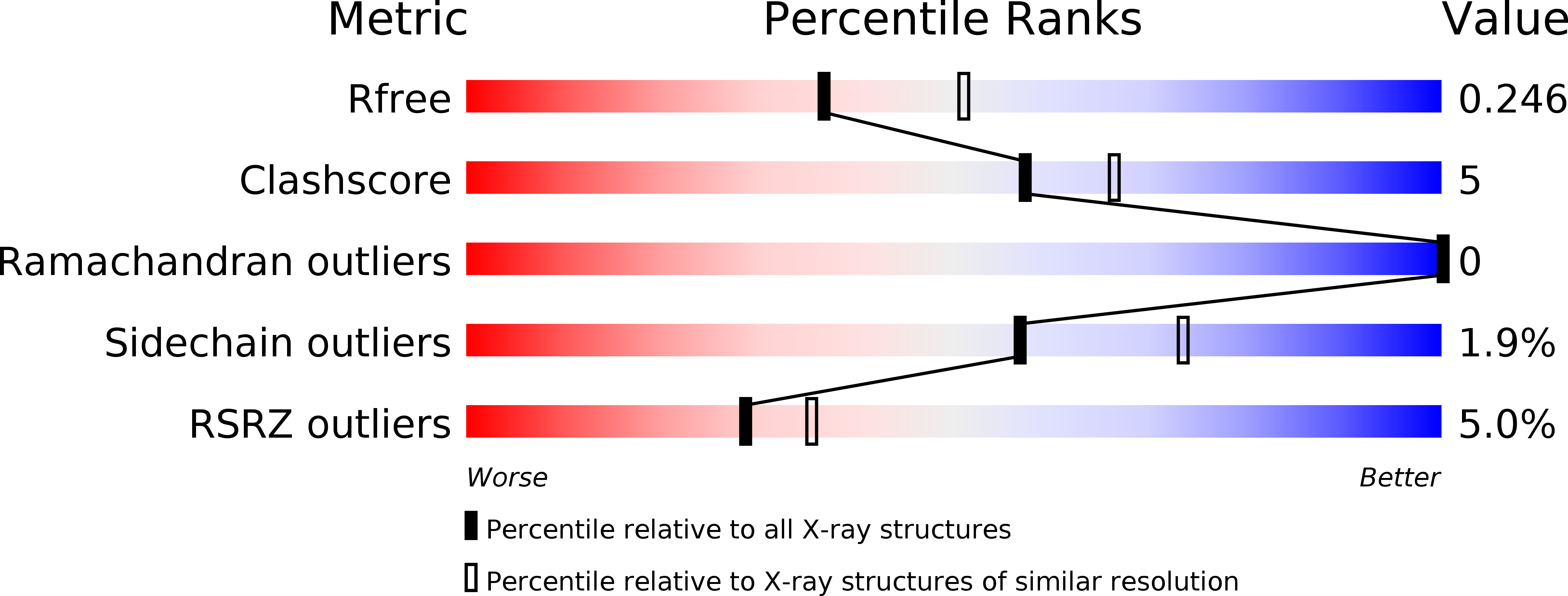
Deposition Date
2018-05-13
Release Date
2018-09-05
Last Version Date
2024-03-27
Entry Detail
Biological Source:
Source Organism:
Bacillus phage phi3T (Taxon ID: 10736)
synthetic construct (Taxon ID: 32630)
synthetic construct (Taxon ID: 32630)
Host Organism:
Method Details:
Experimental Method:
Resolution:
2.29 Å
R-Value Free:
0.24
R-Value Work:
0.20
R-Value Observed:
0.20
Space Group:
P 32


